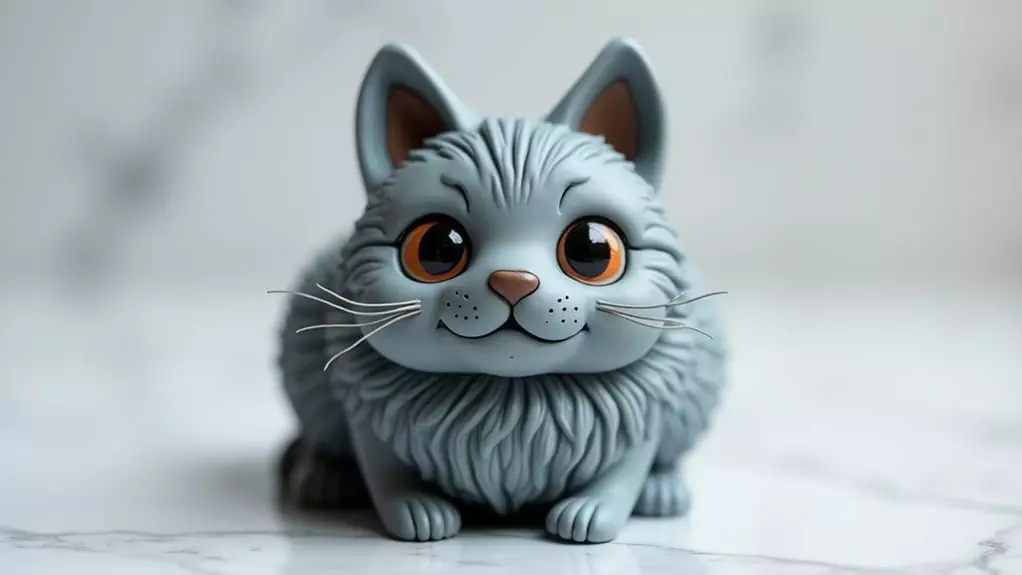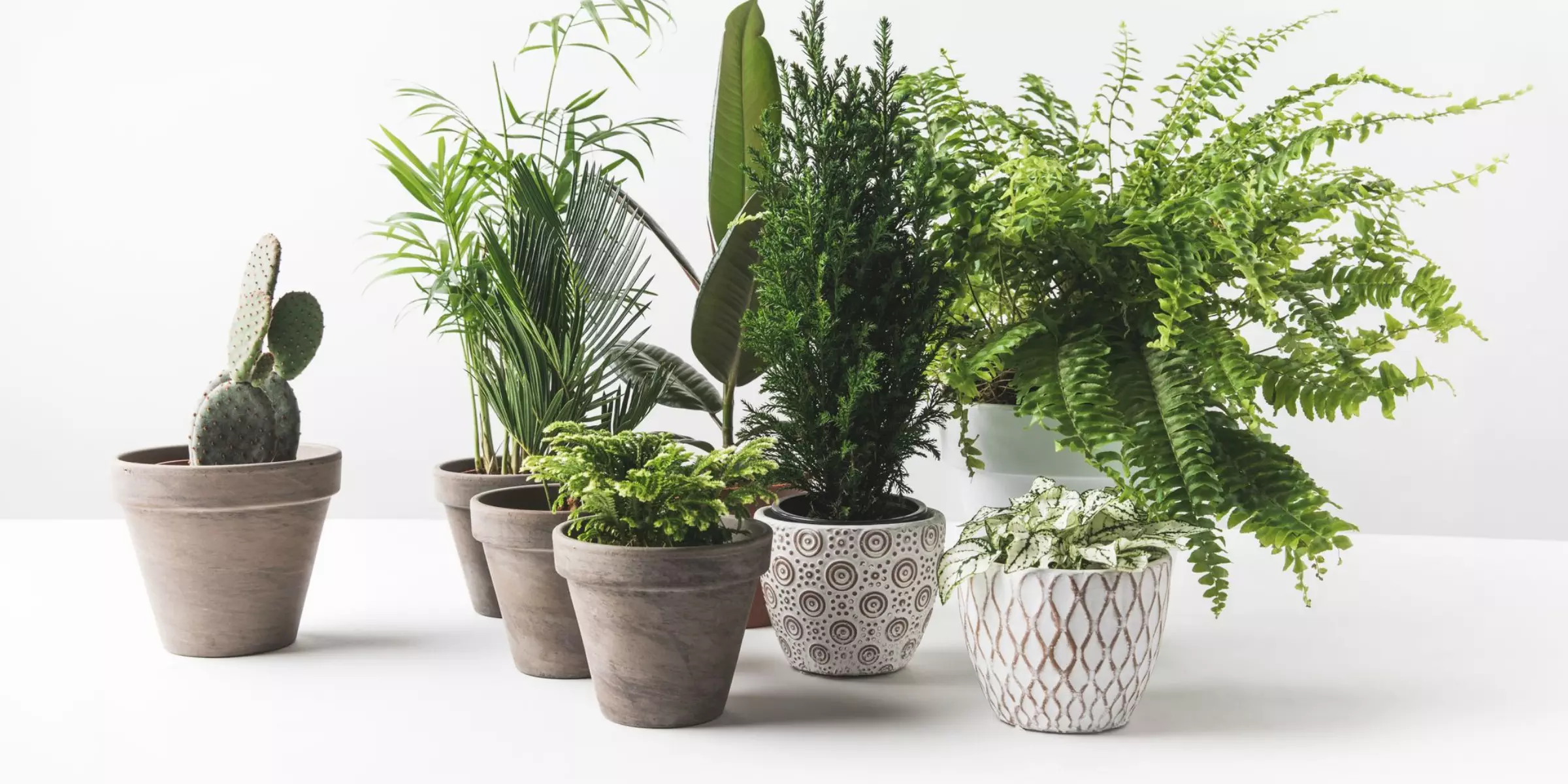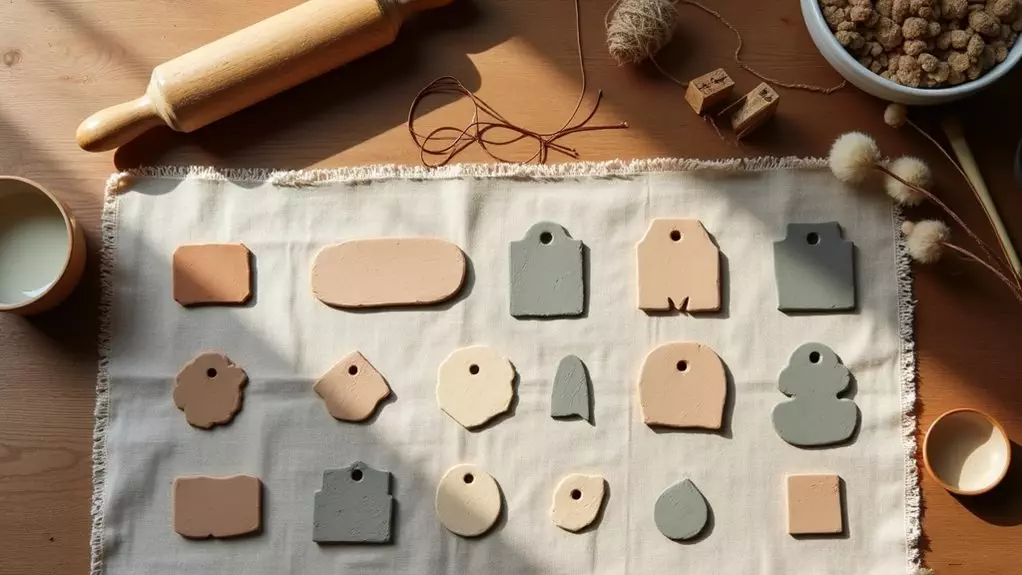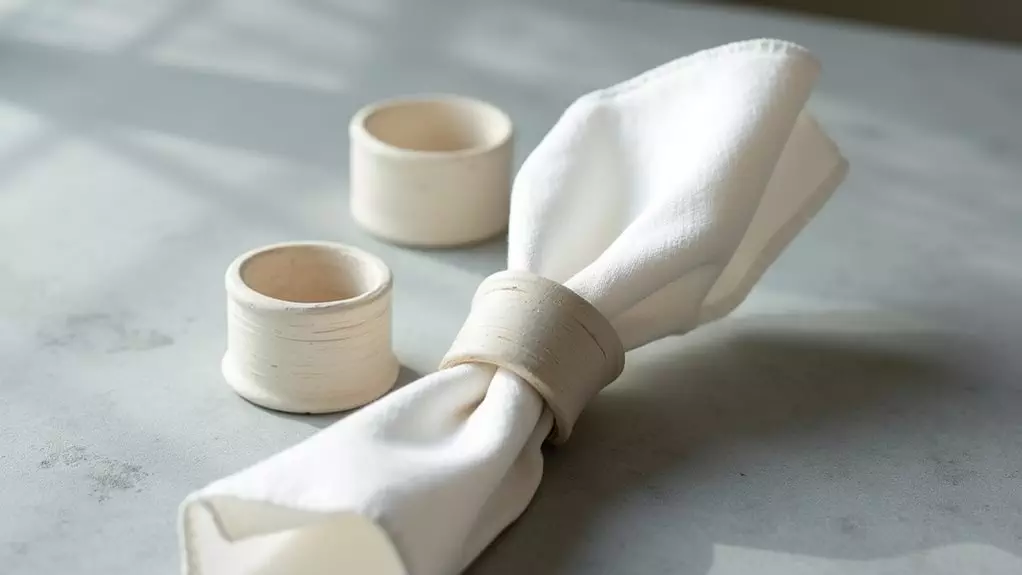While many cat enthusiasts admire the British Shorthair Blue‘s distinctive coat, you might not know that this breed’s ancestors served as skilled hunters aboard Roman ships, helping protect valuable grain supplies from rodents. Today’s British Shorthair Blues have maintained their muscular build and hunting instincts, though they’ve evolved into more relaxed companions. If you’re considering bringing one of these majestic felines into your home, you’ll want to understand their unique care requirements and personality traits.
Key Takeaways
- British Shorthair Blue cats have dense, plush coats in a distinctive blue-grey color that’s considered the breed’s most iconic variant.
- Their round faces, chubby cheeks, and copper-colored eyes are hallmark features of the breed’s appearance.
- The blue variety gained popularity during Victorian England through selective breeding of native British street cats.
- British Blue Shorthairs are known for their calm, affectionate temperament and make excellent indoor companion cats.
- These cats have a sturdy, muscular build with thick legs and a broad chest, typically weighing between 9-17 pounds.
History
While the British Shorthair’s ancestry can be traced back to ancient Rome, the breed as we know it today began taking shape in Victorian England.
You’ll find that these cats descended from common street cats brought by the Romans, who used them as skilled hunters to protect grain stores. During the late 19th century, cat fanciers began selectively breeding these domesticated cats, focusing on developing their distinctive features and temperament.
In the 1890s, you’d have seen the first British Shorthairs displayed at London’s Crystal Palace Cat Show, where their plush blue-grey coats caught everyone’s attention.
The breed faced near extinction during World Wars I and II but was saved through careful crossbreeding with Persians, which enhanced their round features while maintaining their sturdy build and gentle nature.
Project
Creating a charming British Shorthair cat sculpture from air dry clay captures the breed’s iconic features in a delightful decorative piece. This beginner-friendly project allows crafters to recreate the cat’s distinctive round face, plush coat, and captivating copper eyes in a lasting form that can be displayed proudly in any home.
The project takes 2-3 hours of active crafting time, plus 24-48 hours for drying, resulting in a tennis ball-sized sculpture perfect for gifting or collecting. The finished piece showcases the breed’s characteristic blue-grey coloring and sweet expression while requiring no special equipment or kiln firing.
Materials Needed:
- Air dry clay (8 oz/226g)
- Wooden sculpting tool or butter knife
- Paint brush (1-inch/25mm width)
- Acrylic paint (blue-grey and copper)
- Clear acrylic sealer spray
Begin by rolling a baseball-sized portion of clay for the main body, then form the head using one-third of your remaining clay. Shape the distinctive round face by pinching out triangular ears, pressing in eye sockets, and creating a short muzzle. Use your sculpting tool to add fur texture patterns, paying special attention to the fluffy neck ruff.
Create eye indentations with your brush handle, then allow the piece to dry completely before painting with blue-grey base coat, adding copper eyes, and finishing with two light coats of sealer.
Work on a non-stick surface and maintain a small water bowl nearby for smoothing rough areas. Make the sculpture approximately 10% larger than desired to account for shrinkage during drying.
Watch for any thin areas that might become fragile, and if cracks develop while drying, prepare a slip mixture using clay and water to fill them. Keep the piece away from direct sunlight or heat sources during the drying process to prevent uneven drying and warping.
Project Steps
Let’s explore how you’ll create your British Shorthair Blue Cat sculpture, starting with gathering essential materials like air dry clay, sculpting tools, and paints.
You’ll begin by shaping the body and head, carefully crafting the distinctive round features before adding facial details and texturing the fur with your sculpting tool.
Once your sculpture has dried completely, you’ll bring it to life with blue-grey paint, copper-colored eyes, and a protective clear sealer to preserve your creation.
Step 1. Gather Project Materials Needed

Successful completion of your British Shorthair clay sculpture begins with assembling all necessary materials before starting the project.
You’ll need 8 ounces of air dry clay, which provides enough material for the cat’s body and detailed features. Gather a wooden sculpting tool or butter knife for creating texture and fur patterns, along with a 1-inch paintbrush for smoothing surfaces and later painting.
For the finishing touches, you’ll want acrylic paint in blue-grey to capture the breed’s signature coat color and copper for the distinctive eyes.
Don’t forget to pick up a clear acrylic sealer spray to protect your finished piece. A non-stick work surface and small bowl of water will help you maintain the clay’s workability throughout the sculpting process.
Step 2. Sculpt Body and Head Shape

With your materials ready, begin shaping your British Shorthair cat by dividing the air dry clay into two portions: roughly two-thirds for the body and one-third for the head.
Roll the larger portion into a smooth ball, then gently press it against your work surface to create a stable base. Shape the body into a sitting position by tapering the back slightly and rounding the shoulders.
For the head, roll the remaining clay into a perfect sphere, then press it slightly to achieve the breed’s characteristic round face shape. Position the head onto the body at a slight angle, ensuring it’s properly centered and proportional.
Don’t worry about details yet – focus on getting the basic form right, making sure the head and body flow naturally together while maintaining the cat’s chunky, sturdy appearance.
Step 3. Add Cat Facial Features

Creating your British Shorthair’s facial features requires careful attention to the breed’s distinctive characteristics. Using your sculpting tool, carve two deep circular indentations for the eyes, positioning them slightly angled and wide-set on the face.
Form the short, broad nose by gently pressing a small triangle into the center of the muzzle, then smooth the edges to create soft transitions.
Shape the cat’s cheeks by adding small clay balls on either side of the face and blending them into the existing structure to achieve the breed’s characteristic chubby appearance.
Create the mouth by making a subtle line below the nose, then use your tool to add whisker marks.
Don’t forget to refine the ears, ensuring they’re small and rounded at the tips to match the British Shorthair’s teddy bear-like appearance.
Step 4. Add Texture Creating Fur

Texturing your British Shorthair’s fur represents one of the most crucial steps in achieving a lifelike clay sculpture. Using your sculpting tool, create gentle, overlapping strokes across the entire surface, working from the head down to the body in the natural direction that fur grows.
Pay special attention to the cat’s signature thick neck ruff by making slightly deeper, longer strokes in this area. You’ll want to vary your pressure to create different fur lengths, pressing more firmly for the dense chest area and lighter for the face and ears.
Don’t forget to texture the cheeks with short, outward-facing strokes to capture the breed’s characteristic chubby appearance. When you’re satisfied with the overall texture, use your paintbrush handle to smooth any areas that appear too rough or uneven.
Step 5. Paint and Seal Sculpture

Once your clay sculpture has fully dried for 24-48 hours, the painting process begins to bring your British Shorthair to life.
Start by applying a base coat of blue-grey acrylic paint, using gentle brush strokes that follow the direction of your sculpted fur texture. You’ll need two to three thin coats for even coverage.
After the base color dries completely, paint the eyes with copper acrylic paint, carefully following the indentations you’ve created.
Add small white highlights to give the eyes depth and life. Once all paint layers are dry, spray your sculpture with clear acrylic sealer, holding the can about 12 inches away.
Apply two light coats, allowing 30 minutes of drying time between each layer, to protect your work and add a subtle sheen.
Final Thoughts
While crafting a British Shorthair from air dry clay requires patience and attention to detail, you’ll find the final result incredibly rewarding as this beloved breed comes to life in your hands.
As you perfect your sculpture’s round face, plush coat, and signature copper eyes, you’re creating more than just a decorative piece – you’re capturing the essence of one of the world’s most cherished cat breeds.
Remember to display your finished sculpture in a spot where it won’t be knocked over, and consider making several pieces to create a charming collection.
If you’re giving your creation as a gift, include a small card explaining the breed’s characteristics and the care you’ve taken to represent them in clay.
Your handcrafted British Shorthair will surely become a treasured keepsake.















